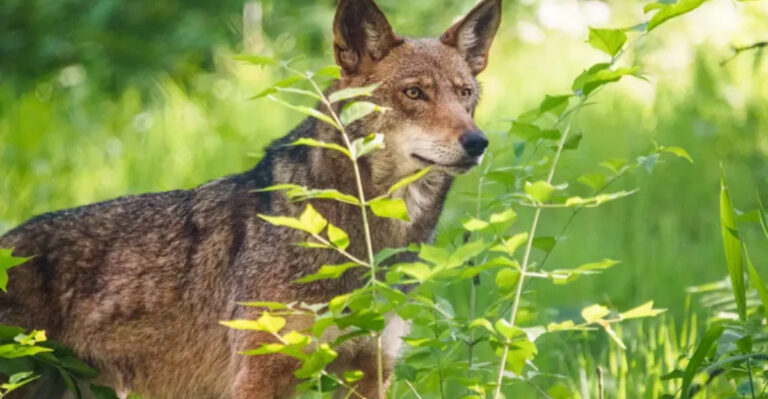15 Ways The Pangolin Became The World’s Most Trafficked Mammal
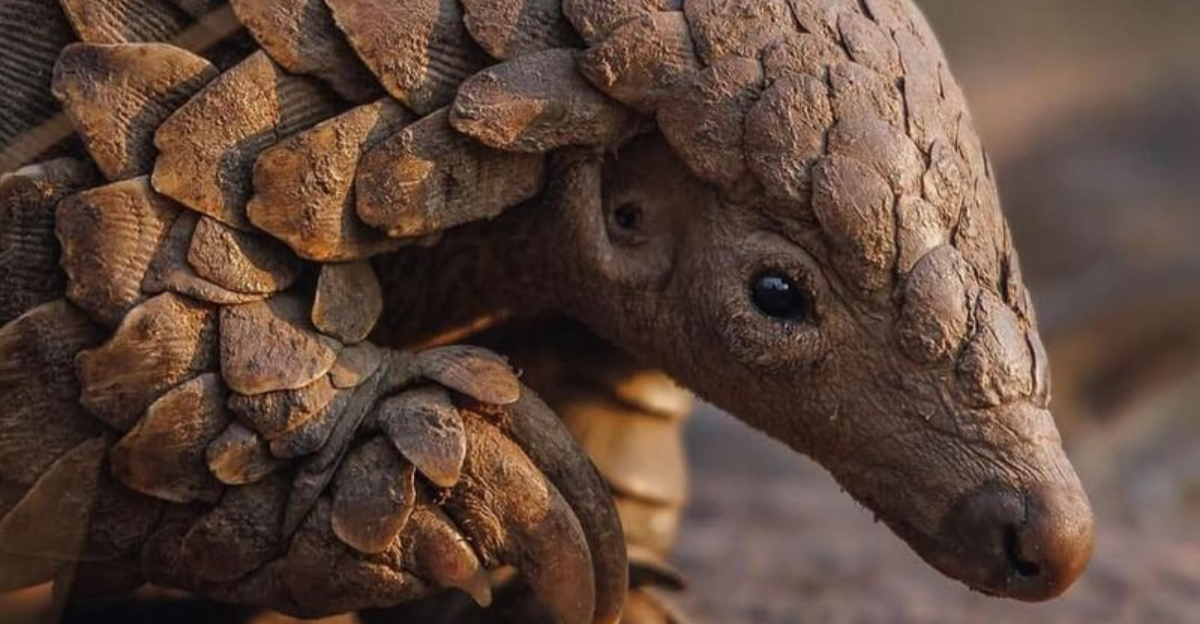
Embark on a journey through the curious case of the pangolin, a shy, scaly creature that has unwittingly found itself at the heart of the world’s most perilous trade. With its unique scales, peculiar habits, and unfortunate status as a delicacy, the pangolin’s tale is both fascinating and tragic.
This list explores the myriad factors contributing to its plight, offering insights and humor along the way. Discover the pangolin’s world and understand why it has become such a sought-after victim in the illegal wildlife trade.
1. The Scaly Armor
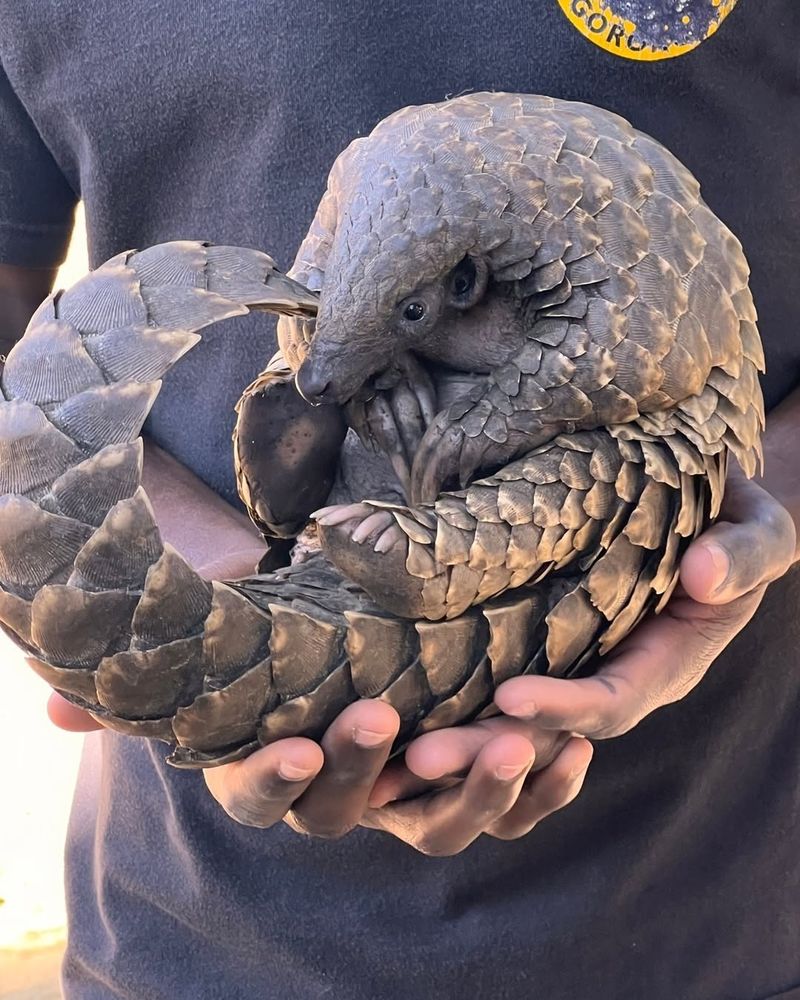
Pangolins possess a suit of armor, but unlike knights of old, it’s not made of metal. These scales, composed of keratin, the same stuff in your hair and nails, are both their defense and downfall. Ironically, this protective layer is precisely what makes them vulnerable, as many cultures believe in its supposed medicinal properties.
Imagine a creature with a built-in defense mechanism that renders it defenseless against human greed. It’s a paradoxical existence, as the scales fetch a hefty price on the black market. The demand for these scales is insatiable, pushing pangolins further into danger.
With a look that might remind one of a walking pinecone, the pangolin’s armor is its biggest curse. If scales could talk, they’d likely have a few choice words about their situation. But alas, in silence, they endure their plight.
2. Gourmet Delicacy
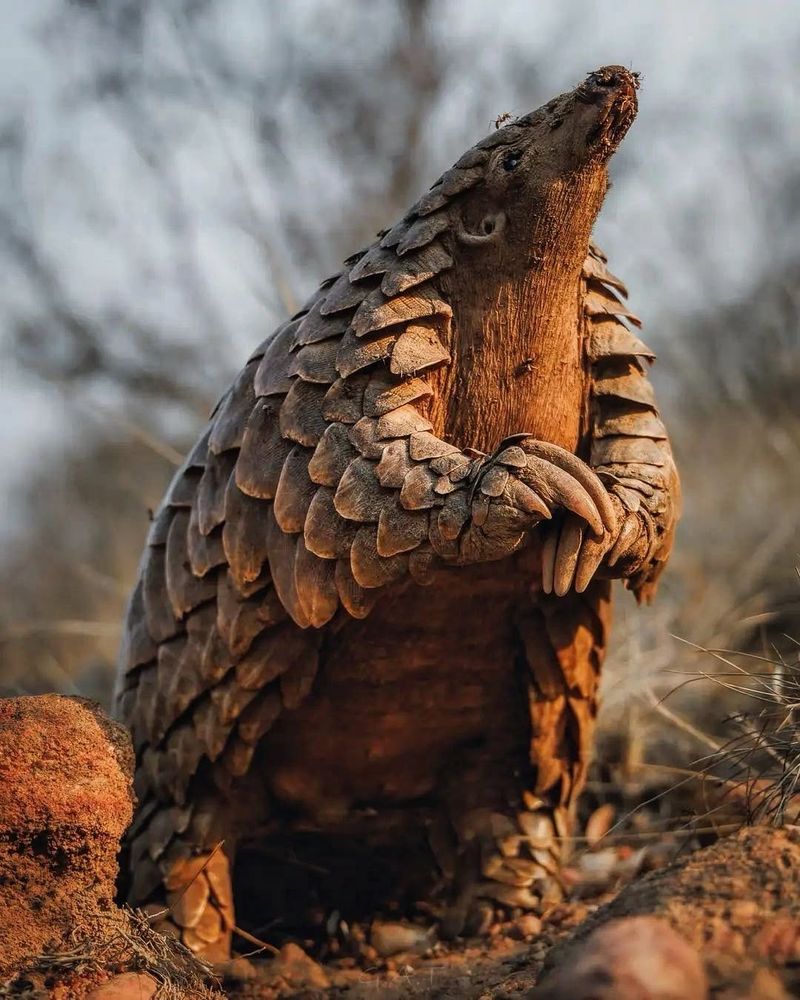
In some parts of the world, pangolins are considered a delicacy, a rare treat for the adventurous palate. Served up in elite circles, pangolin meat is touted as a symbol of status and wealth. It’s a culinary adventure, albeit one that comes at a steep ecological price.
The demand for pangolin meat isn’t just about taste; it’s wrapped in cultural traditions and social prestige. For the pangolin, this status as a luxury dish is nothing short of a curse. Their population dwindles as they are hunted to satisfy these exclusive dining experiences.
For a creature whose idea of a lavish meal is a mound of ants, being served with a garnish of truffle is an ironic twist of fate. The pangolin’s culinary misadventure is a stark reminder of the cost of human indulgence.
3. Traditional Medicine Myth
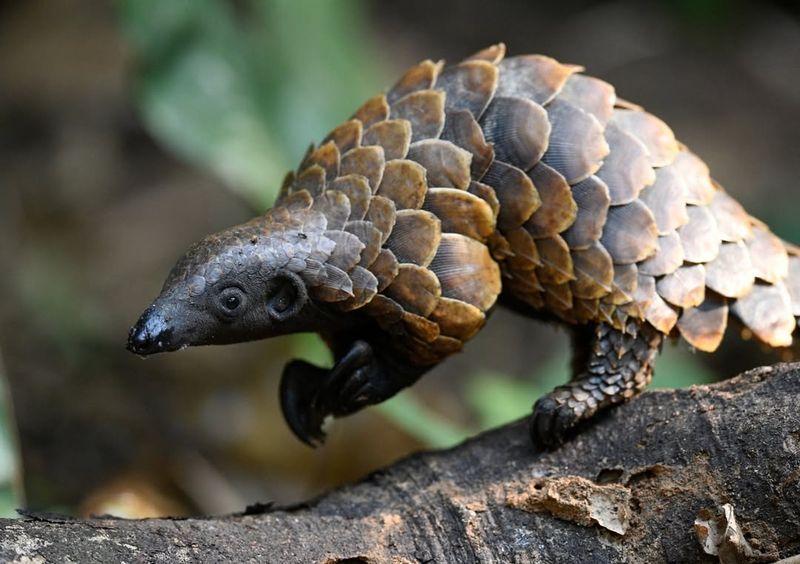
For centuries, pangolins have been entangled in the web of traditional medicine myths. Believed to cure ailments from arthritis to asthma, their scales are ground into powders and potions. However, science has yet to back these claims, leaving the poor pangolin a victim of folklore rather than fact.
The allure of these remedies is strong, often outweighing scientific reasoning. It’s a classic case of belief over evidence. These myths persist, fueling the illegal trade and pushing the species closer to extinction.
In this tale of myth and medicine, pangolins play an unwilling role. Their scales aren’t magical, just misunderstood. Yet, they remain trapped in a narrative that champions ancient beliefs over modern understanding.
4. Habitat Destruction
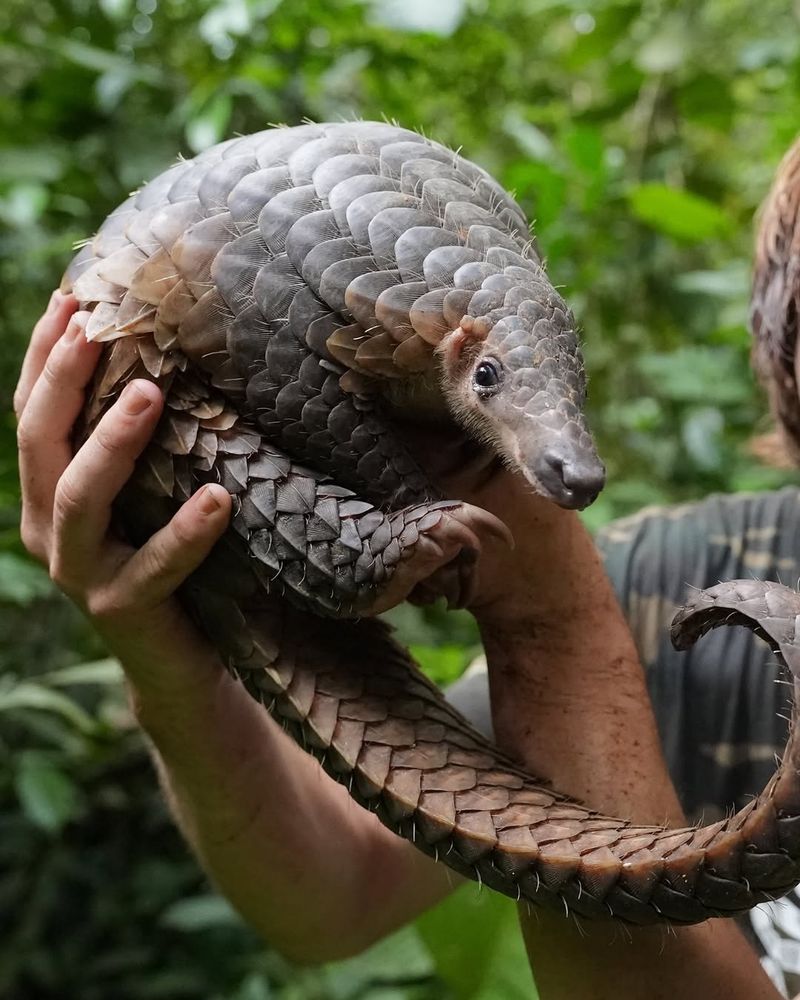
The world is an ever-shrinking place for the pangolin, with habitat destruction playing a significant role in their plight. Deforestation and land conversion for agriculture are encroaching upon their natural homes, leaving them homeless and vulnerable.
As forests fall to the axe, pangolins find themselves with fewer places to hide. Their habitats, once rich with ants and termites, are disappearing, leaving them with little sustenance. This loss not only threatens their survival but also forces them into closer contact with humans, often leading to tragic outcomes.
The pangolin’s natural shelter is vanishing at an alarming rate. It’s a race against time, as their once abundant homes turn into barren lands. In the battle of progress versus preservation, these gentle creatures are caught in the crossfire.
5. Poorly Enforced Laws
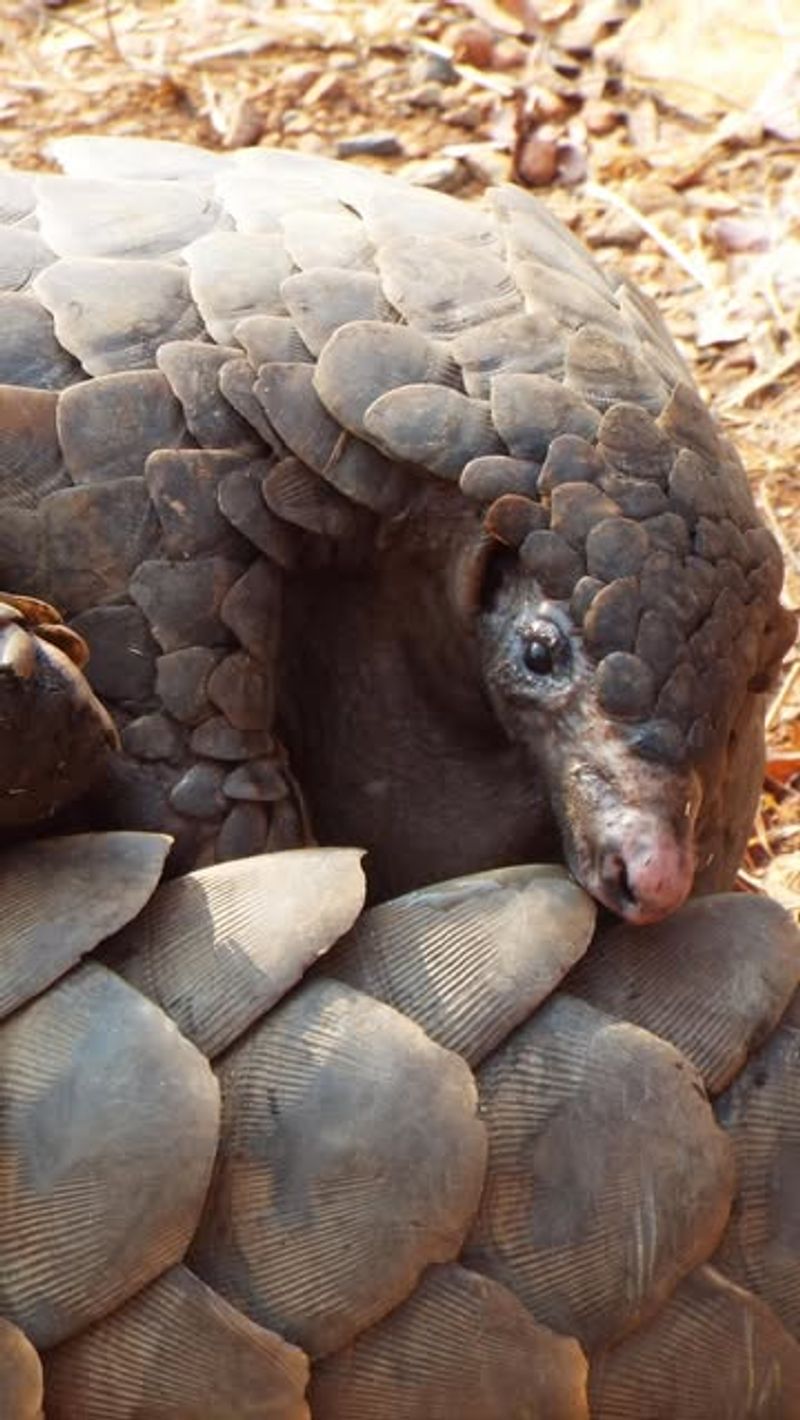
Laws intended to protect pangolins often fall short, hampered by poor enforcement and corruption. Despite international regulations, the clandestine trade continues, with traffickers finding ways to skirt the law.
The legal framework is there, but without proper enforcement, it’s as effective as a banana in a sword fight. Traffickers exploit loopholes, while authorities struggle to keep pace. Corruption further muddles the situation, leaving pangolins unprotected.
For the pangolin, laws are merely words on paper, with little impact on their dire circumstances. Until enforcement catches up, these creatures remain at the mercy of those who prioritize profit over preservation.
6. Demand In Asia
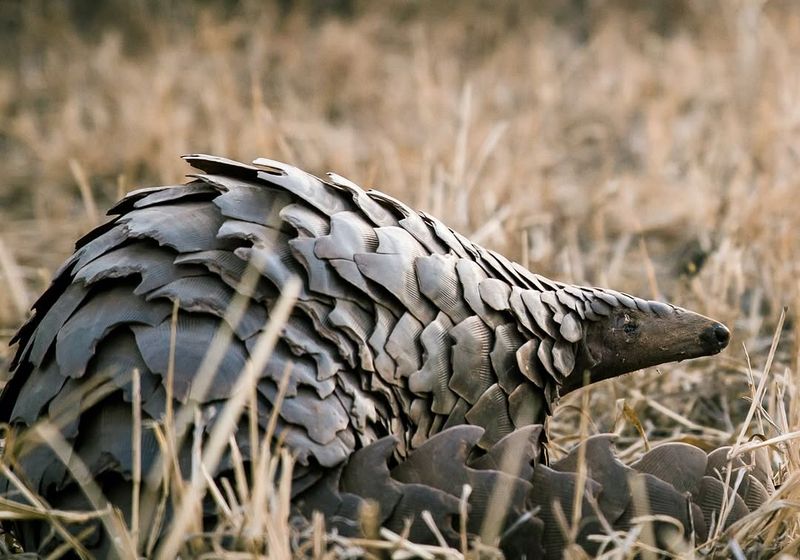
Asia, with its booming demand for pangolin products, stands at the epicenter of this crisis. From scales to meat, the market is insatiable, driven by traditional beliefs and culinary curiosity.
This demand isn’t just a trend; it’s deeply rooted in cultural practices that see pangolins as both medicine and delicacy. As the middle class grows, so does their purchasing power, further escalating the trade.
It’s a classic case of supply and demand, but one where the stakes are life or extinction. The pangolin’s misfortune lies in being caught in this cultural and economic juggernaut, their future hanging in the balance.
7. Lack Of Awareness
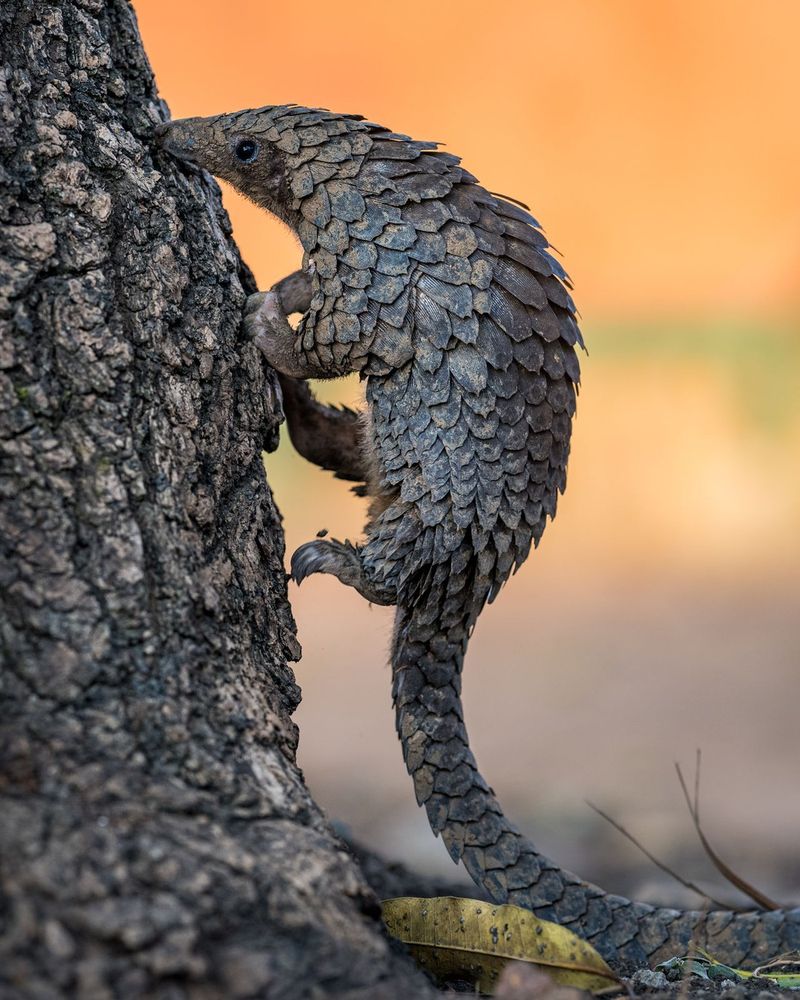
Despite their critical status, pangolins remain largely unknown to the general public. Their shy nature and nocturnal habits contribute to their anonymity, leaving many unaware of their existence, let alone their plight.
Raising awareness is a crucial step toward their conservation, yet it’s a challenge. Without the charismatic appeal of other endangered species, pangolins struggle to capture public attention. It’s hard to rally support for a creature most people have never heard of.
In the world of wildlife conservation, pangolins are the underdogs. Their story is one of anonymity, battling against the odds in a world that doesn’t know they need saving.
8. Cultural Symbolism
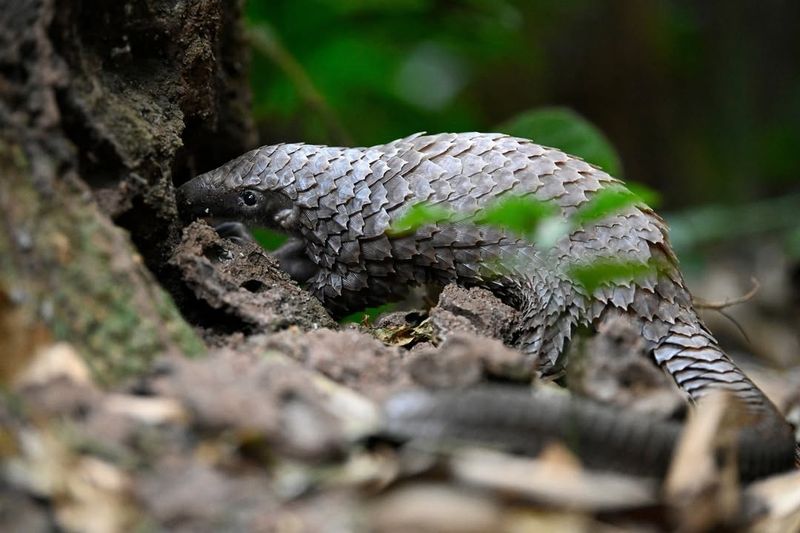
In various cultures, pangolins are seen as symbols of luck and protection. This symbolism, however, is a double-edged sword, leading to their exploitation as talismans and good luck charms.
The belief that owning pangolin parts brings fortune and wards off evil is widespread. This cultural significance often overrides conservation efforts, as people prioritize personal gain over ecological balance.
The irony is palpable; a creature that symbolizes protection is itself in dire need of safeguarding. The pangolin’s cultural symbolism fuels its exploitation, a twist of fate that leaves it vulnerable.
9. The Shadowy Black Market
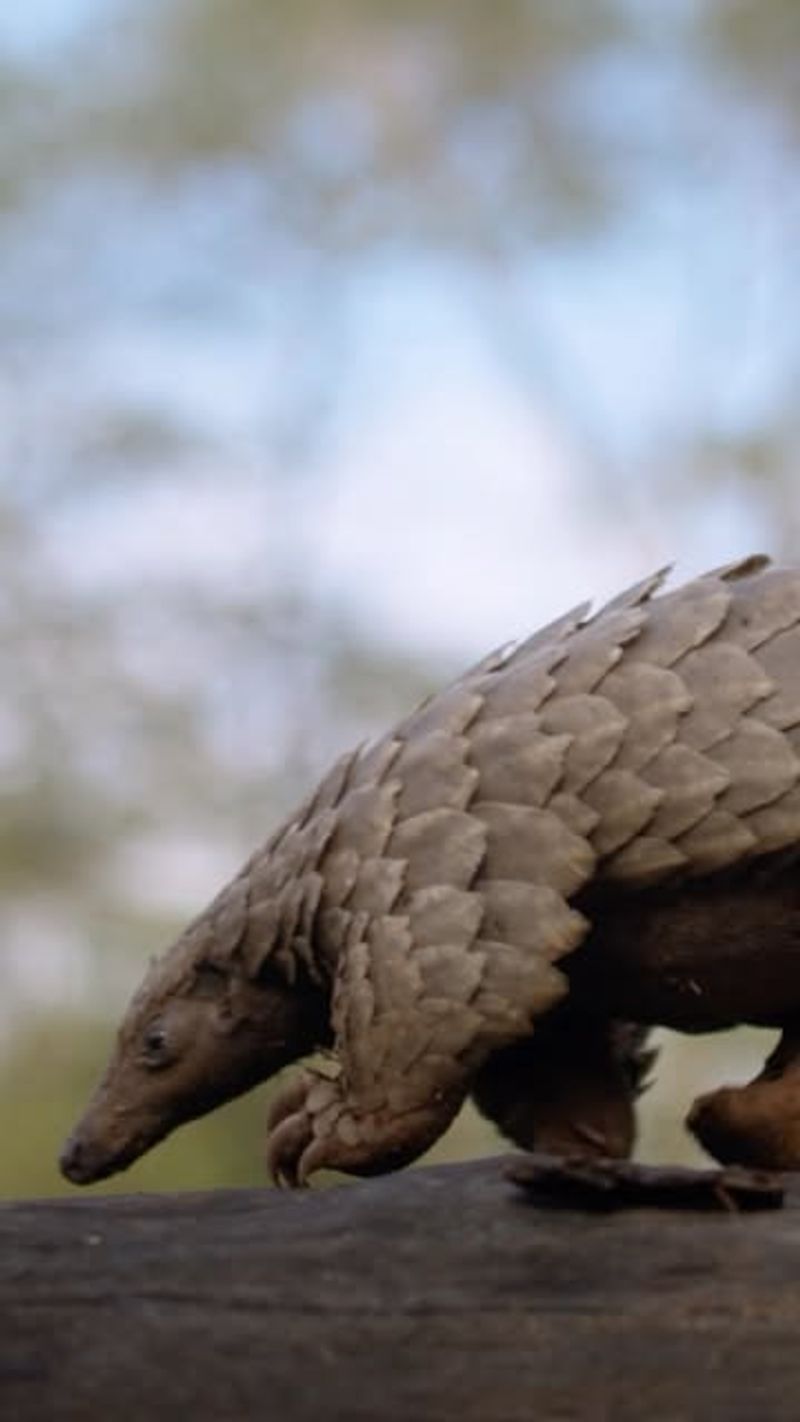
The black market thrives on secrecy and demand, a perfect storm for pangolin trafficking. Here, laws are mere suggestions, and the currency is profit over preservation. Pangolins find themselves as commodities in a trade where morals take a back seat.
This underground economy is vast and complex, with networks spanning continents. Traders and middlemen operate in shadows, leaving authorities struggling to keep up. The pangolin, caught in this web, has little chance of escape.
For the pangolin, the black market is a cruel game of hide and seek, where the stakes are life and death. It’s a world where their very existence becomes their biggest liability.
10. Ineffective Conservation Efforts
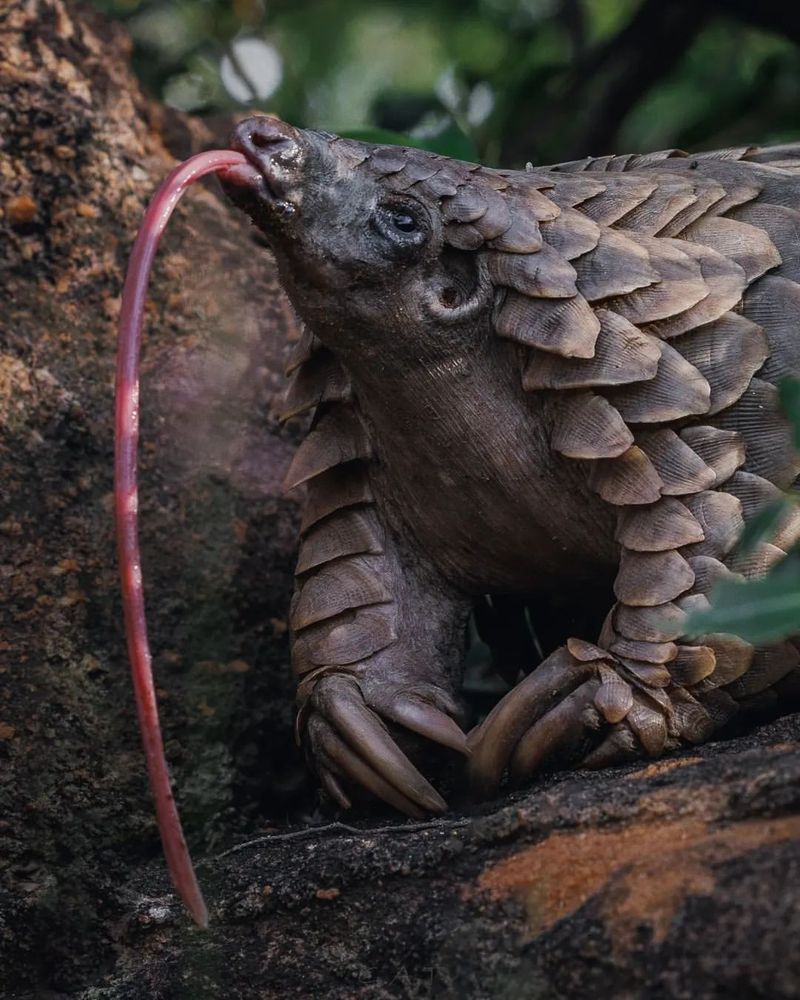
Conservation efforts, while well-intentioned, often fall short of effective. The complexity of pangolin trafficking requires more than just good intentions; it demands resources and global cooperation.
Programs struggle with funding and manpower, while the trade continues to outpace them. The challenge lies in coordinating efforts across borders, each with its own set of challenges.
For the pangolin, these efforts are a flicker of hope in a daunting landscape. The road to recovery is long, requiring a concerted effort to turn the tide. Until then, their survival hangs by a thread.
11. Pangolins As Pets
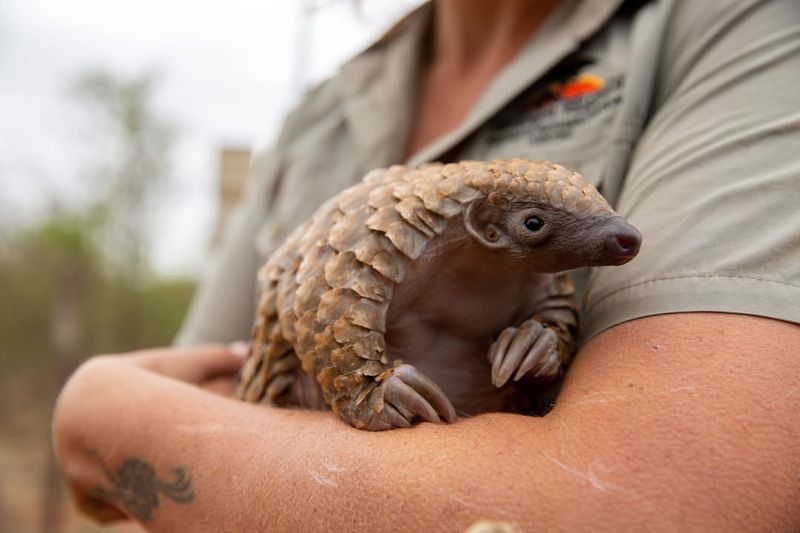
The idea of a pangolin as a pet might seem charming, but it’s anything but practical. Their specialized diet and need for specific habitats make them unsuitable for domestication. Yet, the allure persists, fueled by their unique appearance.
The pet trade poses a significant threat, as pangolins are captured and sold to unsuspecting owners. The reality, however, is stark: these animals rarely survive in captivity, unable to thrive outside their natural environment.
For the pangolin, being a pet is a prison sentence wrapped in novelty. Their uniqueness, meant for the wild, becomes a liability in human hands, where survival is a slim possibility.
12. Pangolin Trafficking Networks
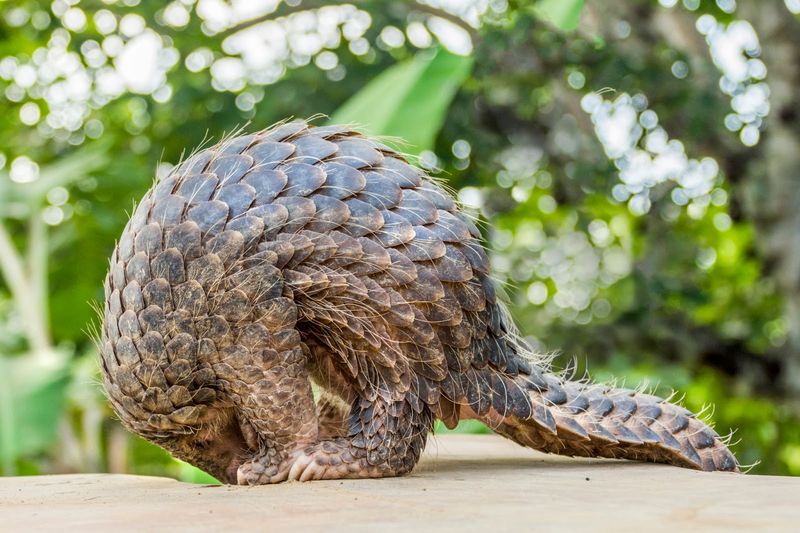
The networks facilitating pangolin trafficking are intricate and global. They operate with a precision that rivals legitimate businesses, exploiting legal loopholes and weak enforcement.
These networks are sophisticated, with routes spanning continents and involving multiple players. Traffickers use technology to outsmart law enforcement, making the trade hard to disrupt.
For pangolins, these networks are a web of doom, entangling them in a cycle of capture and trade. Breaking these chains requires international cooperation and innovative strategies, a daunting task but necessary for their survival.
13. Impact Of Climate Change
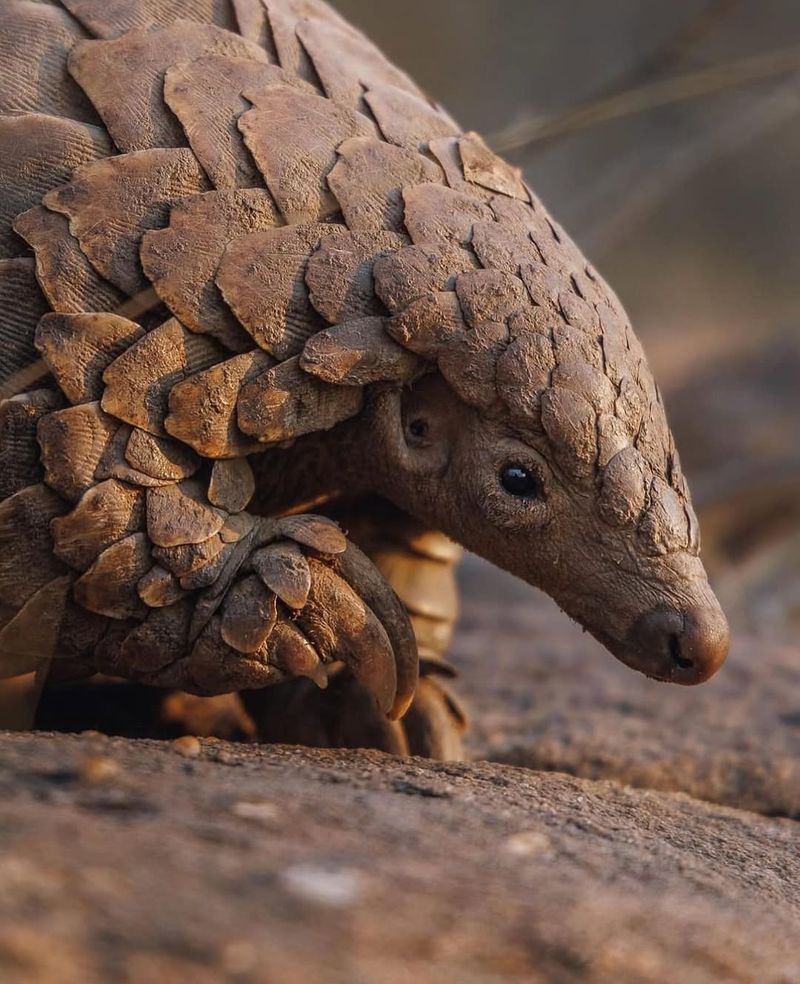
Climate change adds an ominous layer to the pangolin’s struggles. As temperatures rise and weather patterns shift, their habitats are increasingly threatened, compounding their challenges.
Food sources dwindle as ecosystems change, leaving pangolins scrambling for survival. This environmental upheaval forces them to adapt or perish, a harsh reality for an already endangered species.
The impact of climate change is a ticking time bomb, accelerating their decline. For the pangolin, it’s an unwelcome adversary in their fight for survival, adding urgency to conservation efforts.
14. Illegal Wildlife Trade
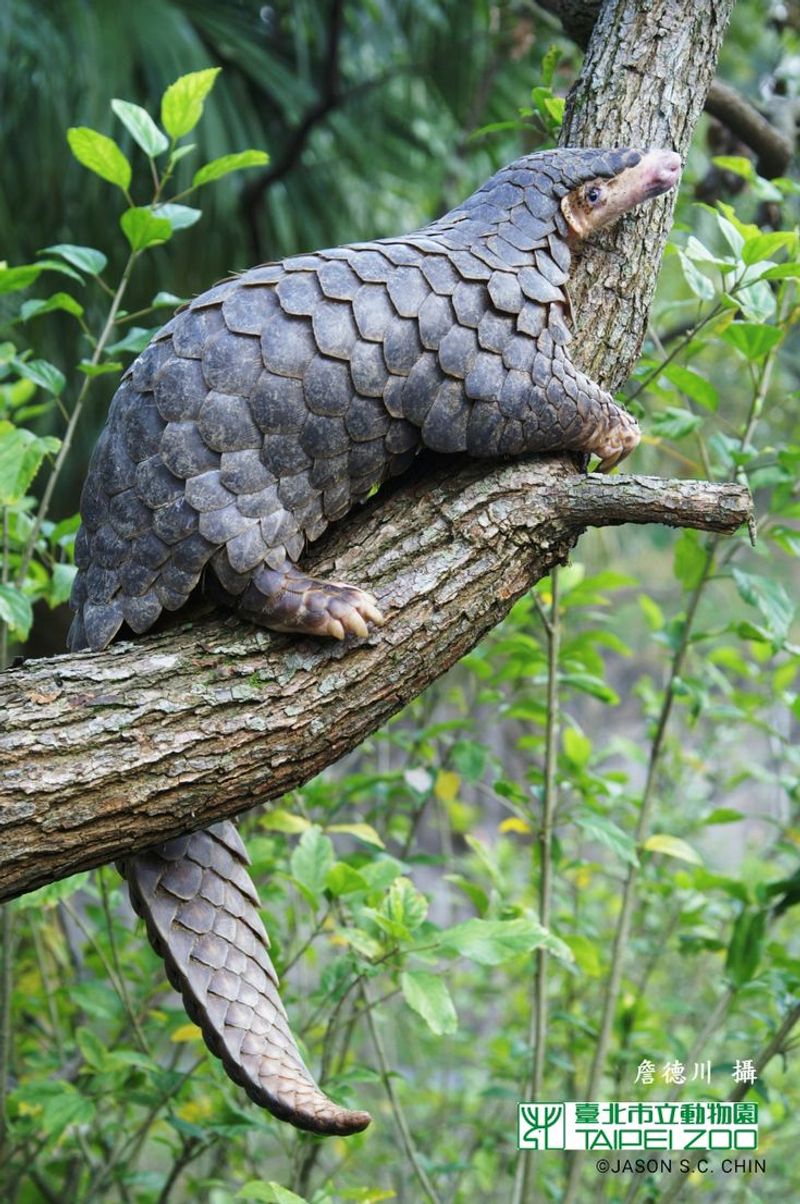
The illegal wildlife trade is a sprawling industry, with pangolins as some of its most unfortunate victims. This trade operates on a massive scale, driven by demand and fueled by greed.
Pangolins are shipped across borders, hidden among other goods, their lives reduced to mere commodities. The trade is relentless, exploiting every opportunity to turn a profit.
For pangolins, this trade is an inescapable nightmare. They are pawns in a global game where their survival is secondary to financial gain. It’s a stark reminder of the cost of human avarice.
15. Pangolin Conservation Success Stories
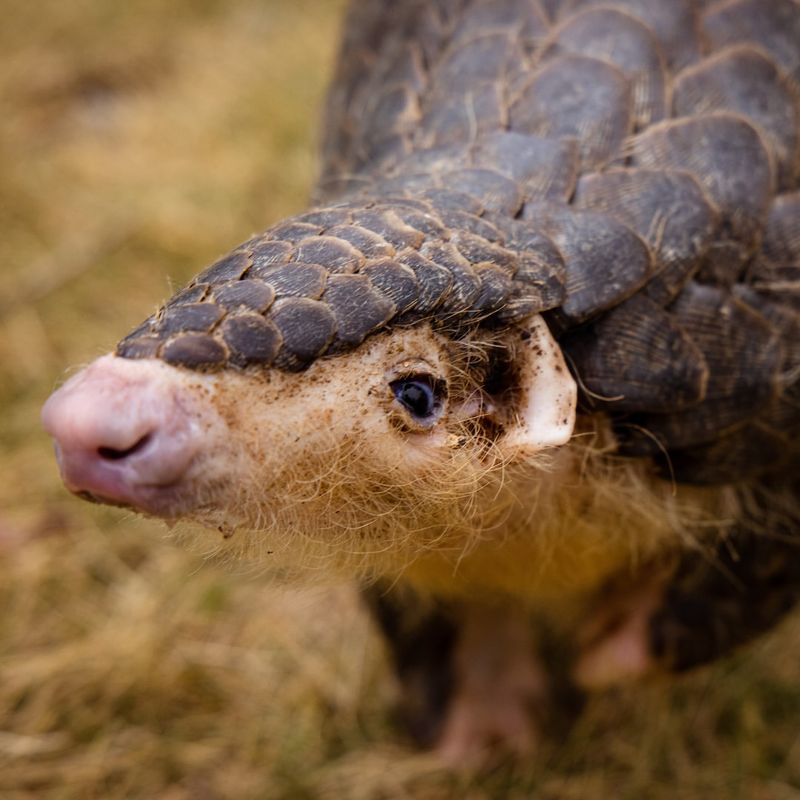
Amidst the gloom, there are glimmers of hope in the form of conservation success stories. Some initiatives have made strides in protecting pangolins, offering a beacon of hope for their future.
Rehabilitation programs and sanctuaries work tirelessly to rescue and release these creatures back into the wild. Education campaigns raise awareness, slowly turning the tide in favor of conservation.
For the pangolin, these successes are a lifeline, showcasing the potential for recovery. They prove that with dedication and effort, the narrative can change. The pangolin’s story doesn’t have to end in tragedy.






